
Seiko is gradually changing the paper used to make the boxes we put customer purchases in to environment-conscious FSC®-certified paper.
So, what impact might using FSC-certified paper have on the environment? Here, we would like to explore FSC-certified paper as well as the raw materials and forest resources that are used to make that paper.

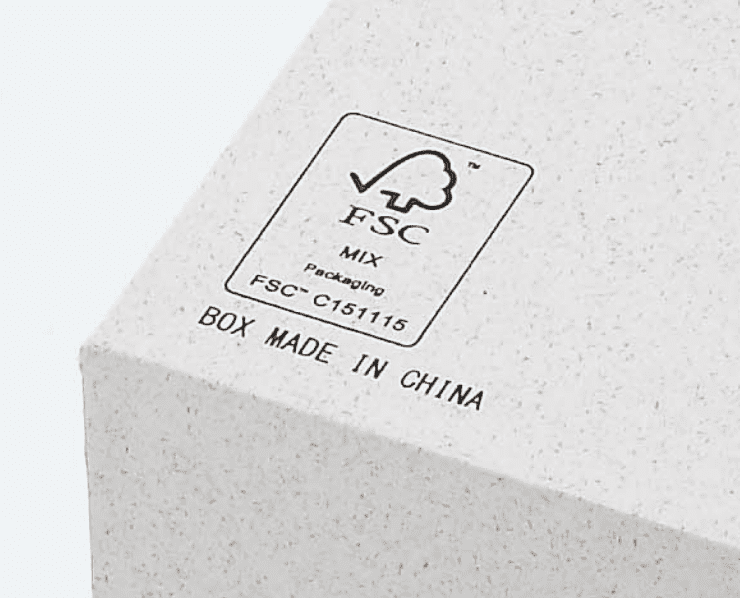
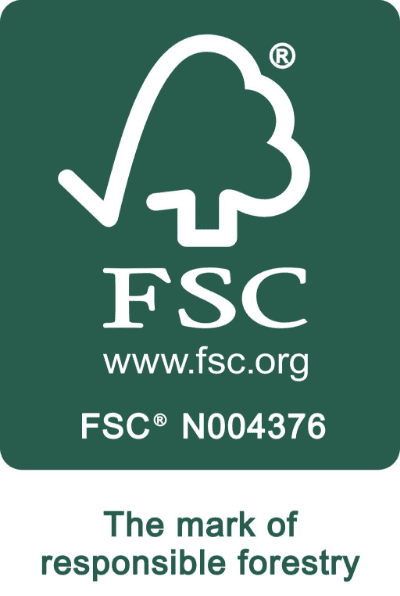
FSC certification is an international certification system established by the Forest Stewardship Council® (FSC) that seeks to deliver products to consumers that are made from wood sourced from appropriately managed forests and recyclable materials in a highly visible way. To earn the FSC certification mark, all organizations that are involved in the production, processing, and distribution of a product must also be certified, from the raw materials stage till the products are finalized. FSC-certified products have been verified as using wood sourced from forests that appropriately protect forest diversity and the rights of local communities, indigenous peoples, and workers, or from materials that support the appropriate use of other forest resources.
Using the FSC-certification mark as a key benchmark not only helps protect forest environments, but also protects the rights of local communities and other affected people and enables consumers to select products that have been produced in an appropriate way.
The raw material for paper is wooden material sourced primarily from forest resources. Forests are a vital ecosystem, not only as a natural source of wood but also for clean air, water, and a natural home for a wide variety of living organisms. For that reason, just as you can’t avoid talking about forest resources when discussing paper, you can’t discuss paper without mentioning biodiversity considerations.
Biodiversity is a term that refers to the organisms and their networks that support complex ecosystems. Put simply, no living thing can survive as a single individual or a species.
Humans also benefit from ecosystems supported by biodiversity, such as clean water, air, and food. Forests offer a rich environment that nurtures a diverse range of terrestrial organisms so it is important to ensure that forest resources are appropriately managed.
Paper is a recyclable resource. Japan’s track record in this area is one of the best in the world, boasting a recycled paper usage rate of 67.0% and a used paper collection rate of 79.4% in 2021. Generally speaking, people tend to think that using recycled resources is good for the environment but, in some respects, just using recycled resources is not enough.
To explore this discussion of forest resources and biodiversity in more depth, we spoke to Chisato Mishiba, a forest science specialist and Manager of Policy and Standard at FSC® Japan.

“Yes, the trees that are felled and used as raw materials for paper can be replanted and they will grow back. However, that does not necessarily mean that replanting is always good as it provides recyclable resources. You can cut down tropical rainforests and primary forests with rich ecosystems and plant similar fast-growing trees over the whole area, but that will not restore the rich ecosystems that existed in the original forests. So, what about recycling paper? You can certainly reduce the pressure of deforestation and help conserve forests by recycling used paper and other materials. However, recycling has its limits. Repeated recycling damages and shortens fibers and will not make good-quality paper. In other words, it is not possible to continue recycling the same materials for ever. That brings us back to where we started. We have to extract resources from forests, so the real question is, how we do it?” (Mishiba)
It is true that haphazardly felling primary forests with their rich biodiversity in order to produce paper could cause environmental destruction. Timber produced through deforestation is generally distributed cheaply with not much attention being paid to this issue. Also, users do not know from which forest the timber has been sourced. It is hard to know whether the timber you are using has been produced in an environment friendly way or not if you don’t know the conditions of the forests that the wood originate from, and it can be difficult for consumers to find that out.
The forest certification system was created as a mechanism for protecting forests from such vicious cycle of deforestation.
“The underlying aim of forest certification was to build market-based mechanism to promote responsible forest management and stem global deforestation. In the scheme, standards defining responsible forest management is established and forests that are managed in accordance with the standards are certified. Ultimately, the point of the forest certification is to provide consumers with a visible indication that the products have been made from wood harvested from such forests in an appropriate manner. To earn the FSC-certification mark, all processes relating to the production, processing, and distribution of a product must also be certified, from the raw material to the stage that the products take their final form.” (Mishiba)
In other words, the system enables consumers themselves to help conserve forest resources by selecting products that have the FSC certification logo proving adherence to strict standards across the whole product-making process.
Discussions of serious forest-related issues have been taking place across the world since the 1990s, but the problems each region is facing are very different.
For instance, tropical rainforests in Southeast Asia are being cut down to make way for vast oil palm plantations, etc. There are many factors that cause deforestation, whether it be farming or the extraction of minerals in the Amazon or the extraction of timber for commercial and domestic use in Africa, but much of the world’s deforestation is caused by excessive logging.
Japan’s forest-related issues appear to be quite unique even when viewed from a global perspective. Roughly 40% of Japan’s forests are artificial coniferous plantation and the abandonment of plantation land that has reached harvestable age has become an issue. Here, you might think the solution would be to fell trees, but it would appear that things are not the simple.
“Many of Japan’s forest are located on steep terrain, so it costs a lot of money to properly manage and fell trees. Trees of the same age in plantation all grow at a similar pace so regular thinning is necessary once the trees reach a certain growth stage. If you don’t thin out the forest, the trees first grow densely until they run out of space and then grow up tall and spindly, and not enough sunlight can get into the forest. That makes it harder for understory vegetation in the forest floor, such as short ground plants, to grow. As a result, the soil becomes exposed and prone to erosion, and the forest no longer functions well as a place for storing water.” (Mishiba)
It is not only the large-scale deforestation that becomes a problem, but lack of appropriate management can also lead to forest degradation.
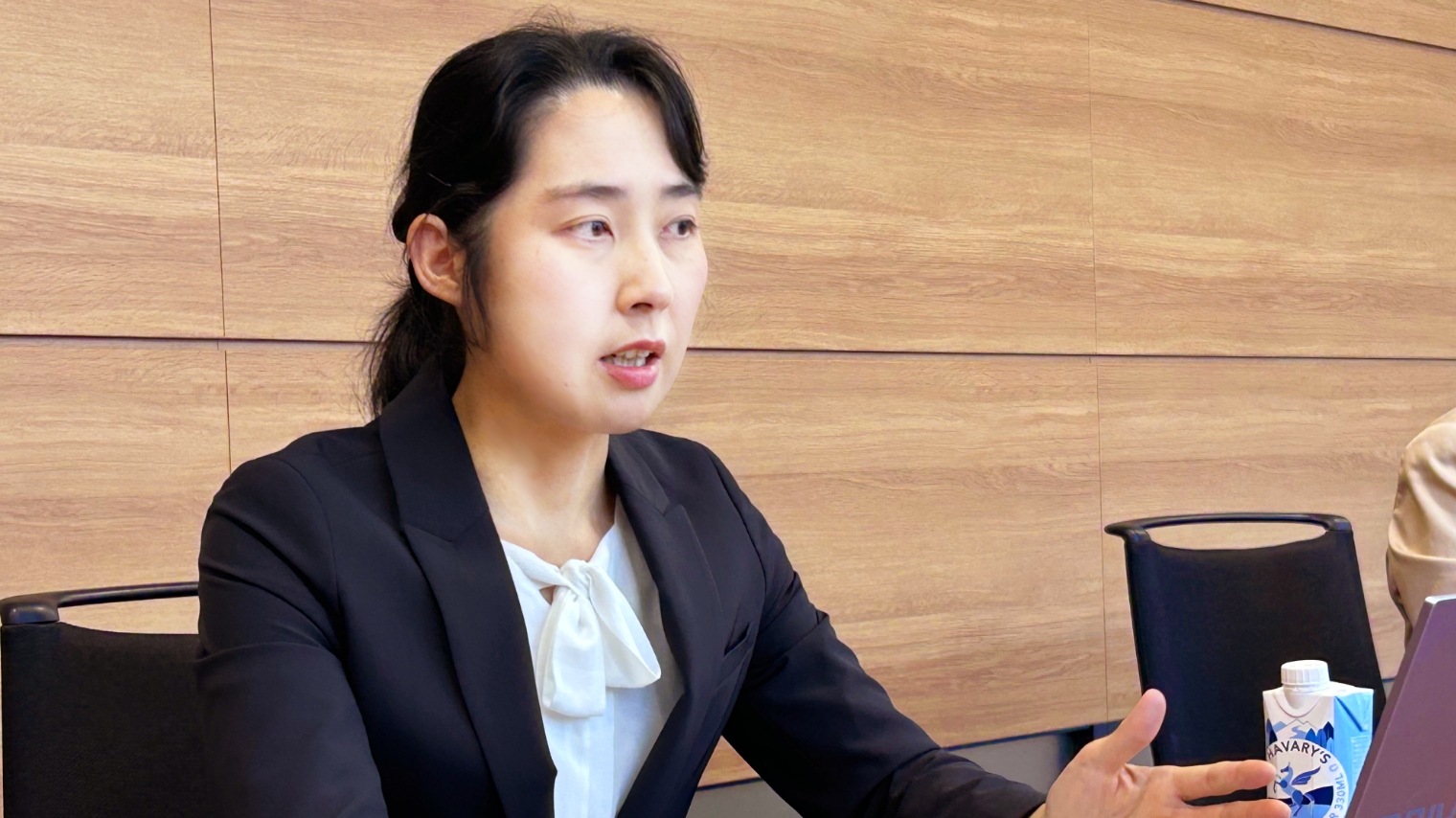
When striving to address deforestation and protect biodiversity, you might not be able to achieve the desired goal if you pursue the wrong measures.
For example, usually forest fires are a great threat to forest, but, in some areas where forest fires occur naturally and frequently, fire-resistant species have evolved to create unique ecosystems. Suppressing fires as a risk to forests could create an unfavorable environment for endemic species that have evolved along with the fires and could actually end up changing existing ecosystems. Slash-and-burn agriculture is also considered to be one of the causes of deforestation but this practice has a long history among indigenous people that dates back for centuries, and it did not necessarily lead to deforestation. The problem lies more in accelerated production cycles and large-scale farming due to population growth.
The most appropriate way to manage forests will depend largely on specific local characteristics and natural ecosystems. Forests have their own regenerative power, so if the underlying foundation of the forest ecosystem is not damaged, a forest can regenerate itself. Having said that, if the forest ecosystem is damaged so badly that it would take a long time to regenerate, humans can help by employing methods tailored to the local environment. In short, instead of employing a blanket, one-size-fits-all method for protecting forests, the most important way to protect forests and biodiversity is to engage in a dialogue with nature.
“Wooden materials are recyclable resources but not all wood is produced sustainably. Recognizing the environmental and social risks associated with forest management and choosing responsibly produced timber and products will help create sustainable forests. FSC Certification is a scheme built on consensus among various stakeholders around the world with broad discussion on forest issues. I hope more people learn to instantly recognize and understand the FSC logo and actively choose products that carry the FSC mark.” (Mishiba)
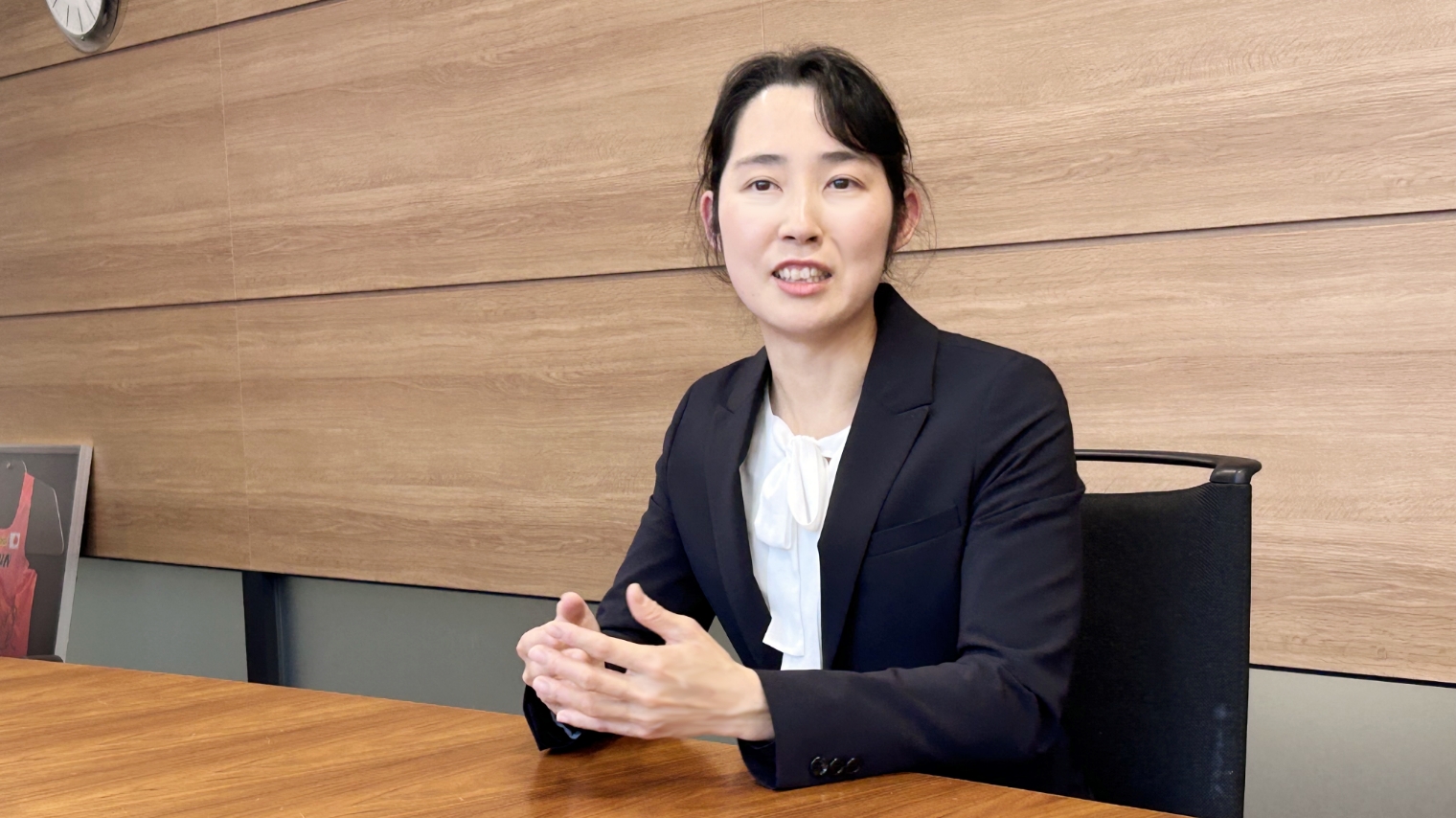
The renewal and conservation of forest resources is a major issue that must be addressed on a global scale. Seiko is also pursuing initiatives to encourage the recycling and conservation of forest resources worldwide.
Morioka Seiko Instruments Inc. has a vast site that stretches over 100,000 square meters. Approximately 37% of that area is dedicated forest space, but, when viewed from a biodiversity perspective, the site would not have been considered well-managed at all. We started forest management activities in 2011 following the COP10 international conference on biodiversity. Experts judged the Morioka Seiko forest to be a valuable natural resource and a key asset for surrounding ecosystems, so we decided to further accelerate our activities.
The forest, which was named Waku-Waku (Exciting) Forest, is home to roughly 800 trees of different sizes. The forest is being regenerated through tree thinning and the planting of new trees. The new tree saplings are the same konara oak and Mongolian oak species that have grown spontaneously in the forest. We have placed 15 nesting boxes around the site, along with four insect hotels to attract more insects and other small creatures, and there are many signs that the site is now being used for wintering and breeding. In 2008, we started holding briefings on protecting the environment together with local communities for local residents, companies, and government officials. In 2021, we began holding workshops such as the Seiko Exciting Environment School for children to help convey the importance of biodiversity.
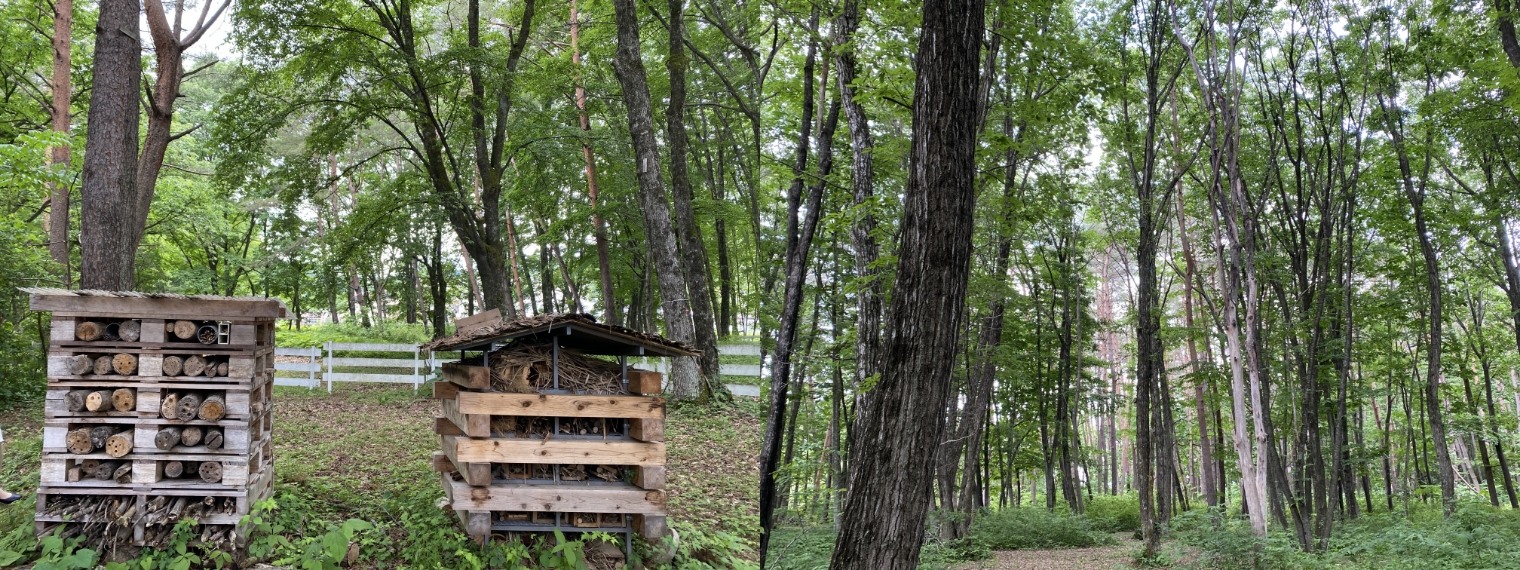
In 2022, Morioka Seiko Instruments Inc. opened a biotope called the Waku-Waku (Exciting) Biotope. The Waku-Waku Biotope is planted with trees that are native to the local area, such as Japanese white birch, Japanese flowering dogwood, and Japanese rowan. Other biotope activities include enhancing local biodiversity by, for instance, planting native wetland plants in the site’s wetland and water areas and planting and protecting endangered plant species.
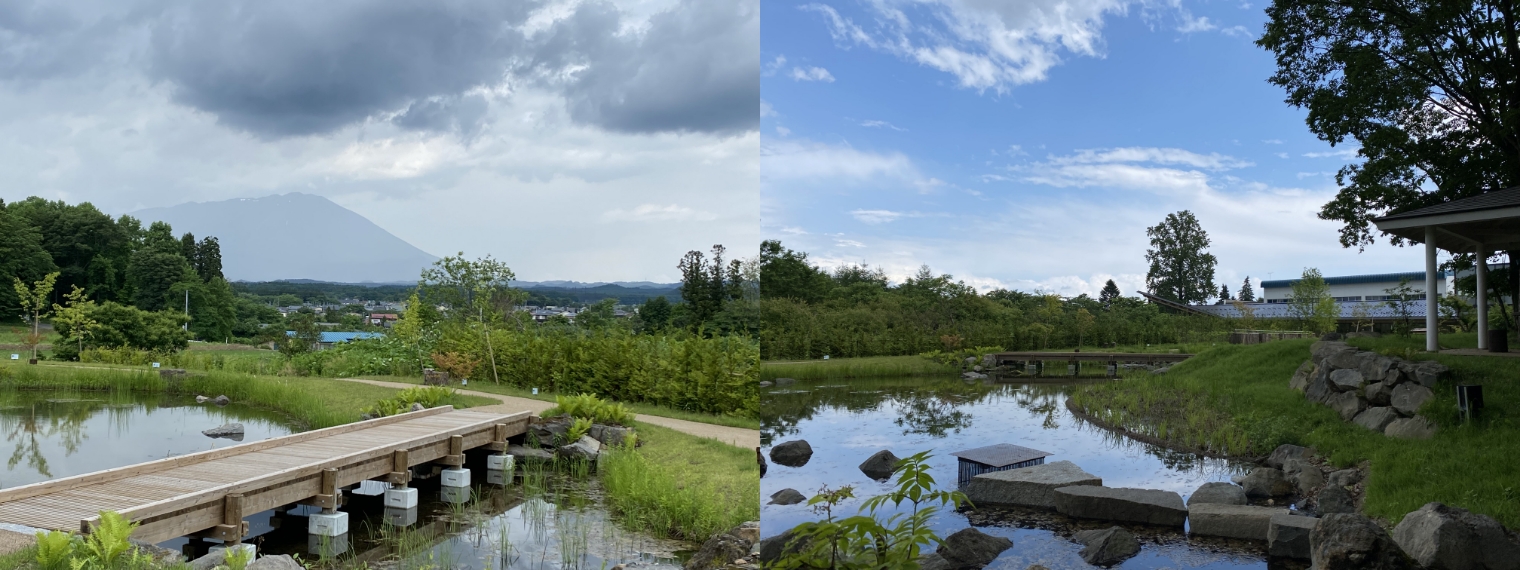
In 2021, Seiko Watch and Morioka Seiko signed a comprehensive agreement with the Iwate prefectural government to promote joint activities designed to help revitalize the local region and build sustainable local communities. As part of that agreement, we have committed to help protect the Japanese white birch forests on the Hiraniwa Plateau in Kuji City.
The Hiraniwa Plateau is home to approximately 310,000 white birch trees that grow in clusters. Many of the trees had reached their maturity at 80 years. The forests had become too dense and the trees couldn’t grow naturally, so the area was in urgent need of some appropriate forest conservation action.
Seiko employees and their families continue to regularly plant and maintain the trees together with local residents, and participate in activities that contribute to the local community.
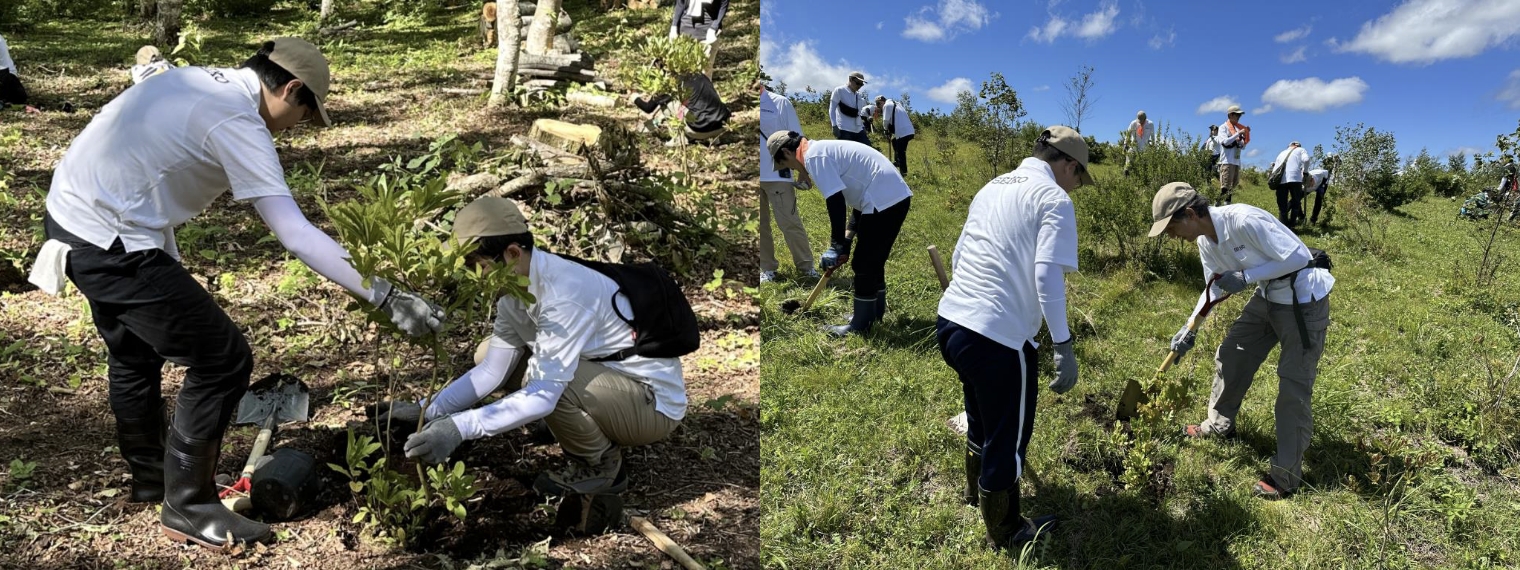
Seiko’s subsidiary companies around the world are also working hard to conserve forest resources in different regions.
In Thailand, we participate in local efforts to protect the forest in the Thung Yai-Huai Kha Khaeng Wildlife Sanctuary, which has also been called the Thailand’s largest and last wilderness owing to its unparalleled biodiversity. Seiko launched a project called Save the Forest together with the Seub Nakhasathien Foundation in which we sell limited-edition watches and donate a portion of the proceeds to support forest conservation efforts. The funds are used to create new uniforms and equipment for national park rangers and to establish firewalls in forests inhabited by wildlife.

In Australia, large-scale bushfires and floods have had a significant impact on local residents and wildlife.
Seiko auctioned a limited-edition luxury watch with a Pink Flannel Flower motif to help support efforts to protect wild animals and plants in Australia. The Pink Flannel Flower is a native Australian flower that blooms after a bushfire has occurred and rain has fallen. As such, it represents a special symbolic energy in the face of adversity. Many people who sympathized with the original idea participated in the auction and the watch sold for roughly twice the regular price, which was much higher than expected. Seiko donated the entire amount to the Foundation for National Parks & Wildlife, a charity that works with national parks in Australia to protect native plants, animals, and cultural heritage.
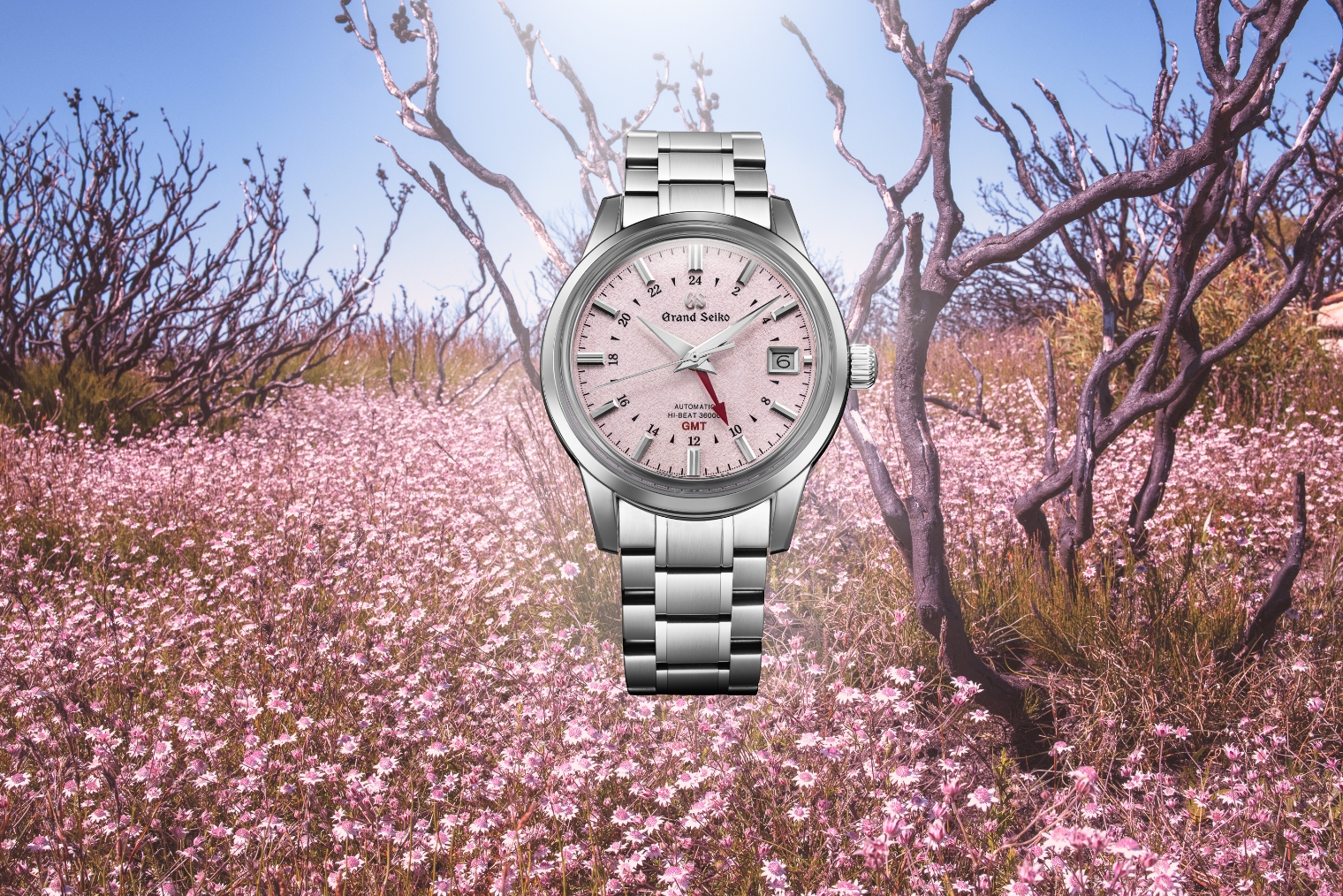
Using FSC-certified paper has made us think more closely about the forests that provide the raw materials for making paper.
Using FSC-certified paper for the new Seiko product boxes is just one of our initiatives for helping realize a carbon-neutral, recycling-oriented society. These efforts are still small and are not able to make a significant contribution to the environment, but we hope they will make people think about the need to protect forests and conserve the environment.
Let’s close with this final comment from Ms. Mishiba.
“It can be hard to sense the presence and needs of forests in our daily lives, but we couldn’t live without them. I think Seiko’s efforts to participate in projects that encourage people to think about the need to restore and conserve forests more intimately are extremely meaningful. I don’t have many opportunities to take my children to the forest, so I would like to explore these activities and take them there in future.”

Chisato Mishiba
Manager, FSC® Japan Policy and Standard
Master of Forest Science (School of the Environment, Yale University, USA), Doctorate in Agriculture (Department of Forest Science, The Graduate School of Agricultural and Life Sciences, Faculty of Agriculture, University of Tokyo)
Aiming to pursue a career in forest conservation, Chisato Mishiba studied tropical forest ecology at graduate school level. After attaining her master’s degree, she embarked on a solo trip to Indonesia, where she worked as an ecotourism consultant and then got involved in forest certification when working at the Asia-Pacific Regional Office of the Rainforest Alliance, an international NGO. She worked as a certification investigator in 12 countries across the Asia-Pacific region before moving to FSC® Japan in 2014, where she has since guided the formulation of domestic Japanese standards for forest management (FM) certification and risk assessment of controlled wood.